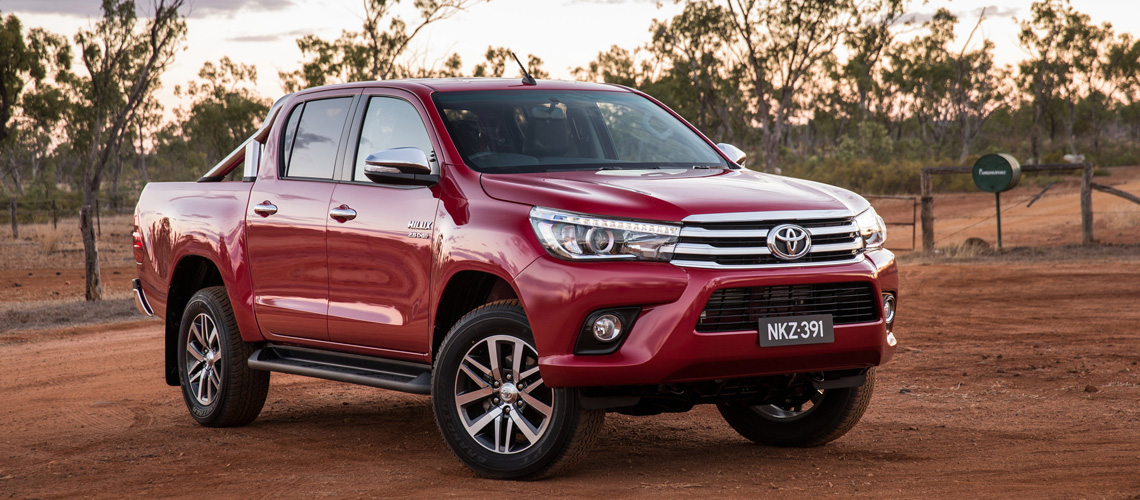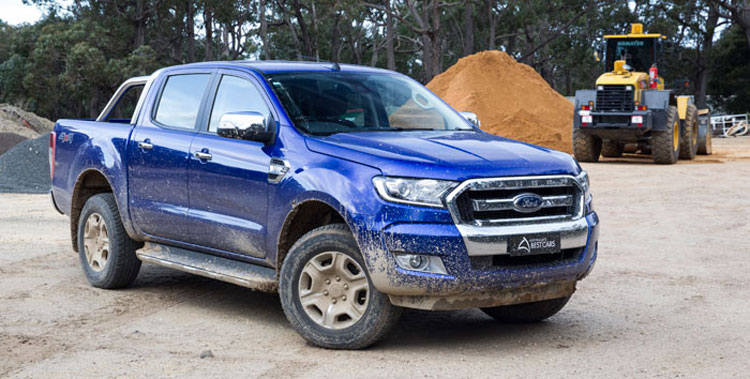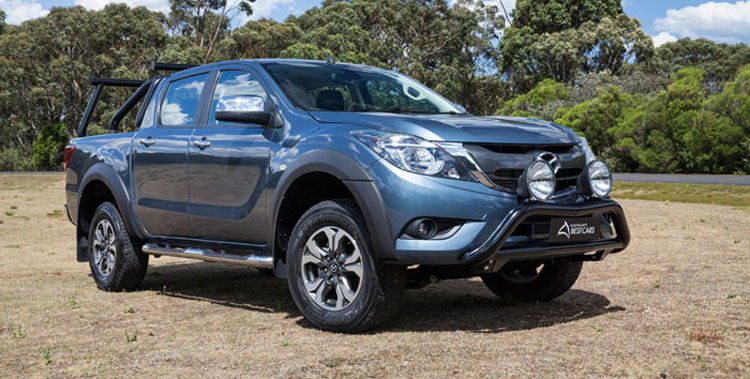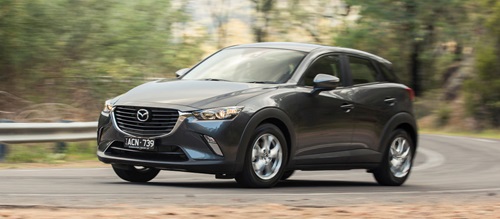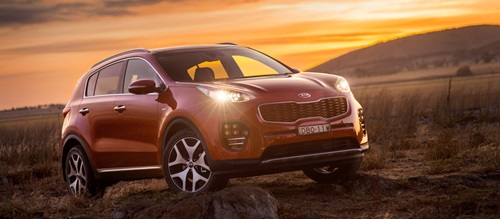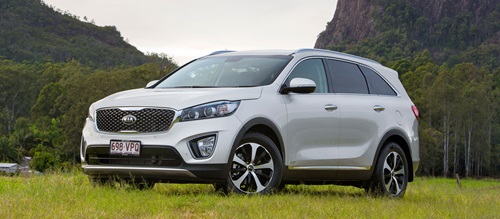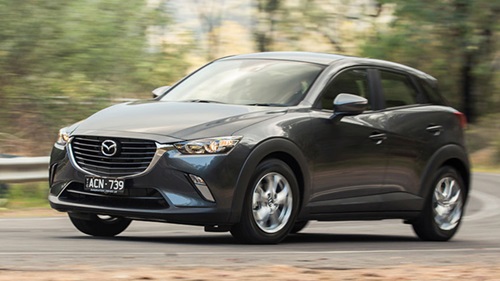Winner: Toyota HiLux SR5
Second: Ford Ranger XLT 3.2
Third: Mazda BT-50 XTR
Winner: Toyota HiLux SR5
In the two years we have included 4x4 dual-cab utes in our testing program, there has only been one winner - the private buyer-focused Ford Ranger. However when you look at the new vehicles sales data, a different story is told: Toyota HiLux, which is loved by fleet buyers, has been the sales champion in this category for more than a decade. However HiLux never really stacked up when we put it through our rigorous testing program - until this time.
The new, eighth-generation HiLux is a significant improvement over the old model that, despite some updates, had been showing its age for a long time.
A new 2.8L 4cyl turbo-diesel engine improves upon the outgoing engine with the double punch of better performance and lower fuel consumption. It now delivers 450Nm of torque, a gain of 25%. The transmission has been upgraded to a 6 speed unit and, despite an increase in the overall vehicle weight, this drivetrain combo reduces fuel consumption to 8.5L/100km.
The modern drivetrain is particularly smooth and quiet and the cabin is well insulated to further reduce engine noise and improve the perception of quality. This focus on the cabin is where the most apparent improvements to HiLux have been made and where it really showed up the other finalists.
The interior feels more modern, while the finish and quality of materials used gives the HiLux a relatively high-class ambience for a working vehicle. The centre console is dominated by a seven-inch touch-screen multimedia system with sat-nav, Bluetooth and iPod connectivity. Modern convenience features such as climate control and a smart key are also included. Also, the addition of tilt-and-reach-adjustable steering - a rarity in this category - allows the driver to find a comfortable position and gives HiLux a more car-like feel.







